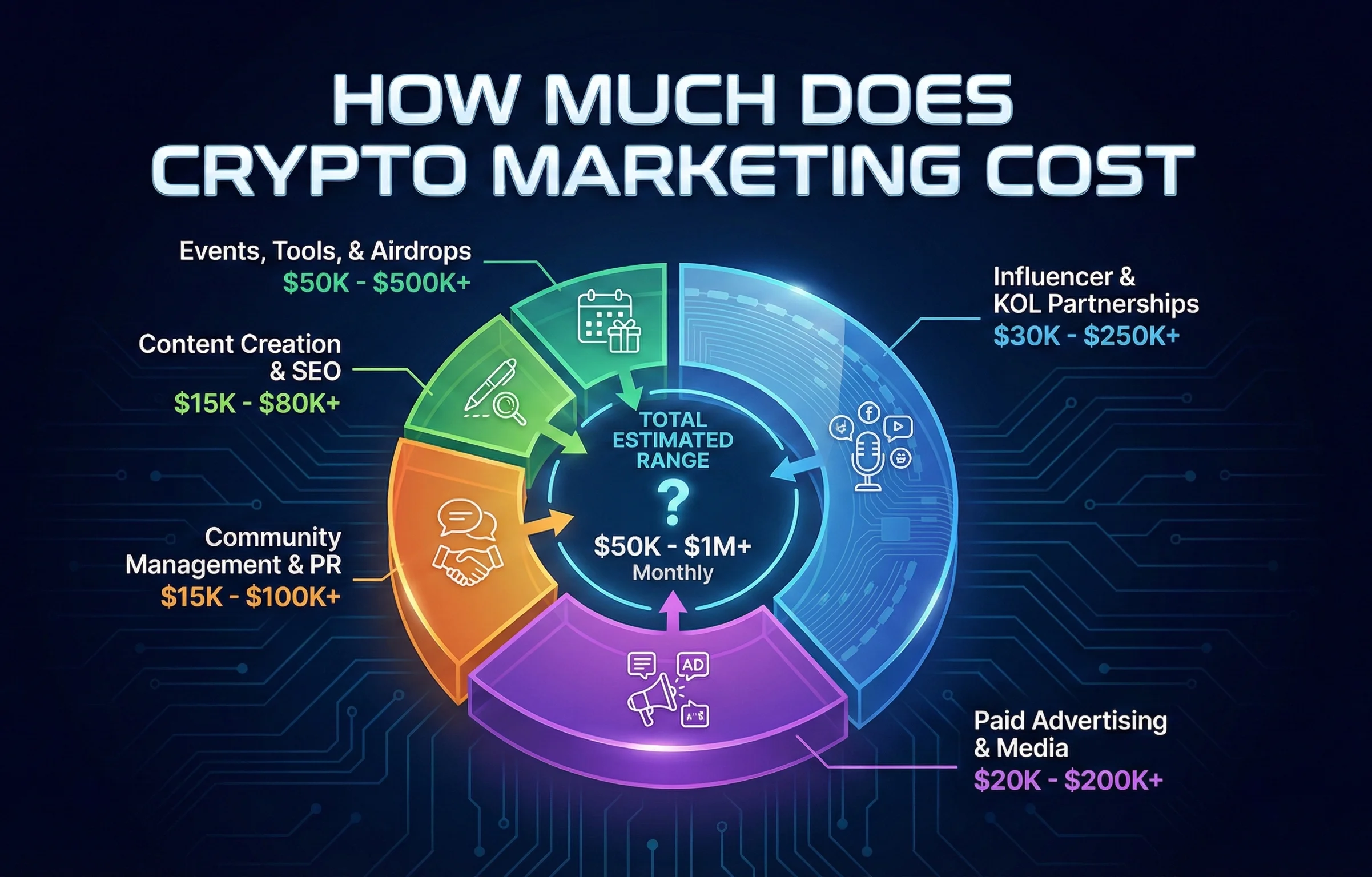The internet has evolved through distinct phases: Web1 (read-only), Web2 (interactive, social media), and now Web3 (decentralized, user-owned). This evolution isn’t just about technology; it fundamentally reshapes how businesses connect with their audiences. For marketers, understanding how Web3 marketing is different than traditional (Web2) marketing is not just an advantage—it’s a necessity for relevance and success in the decentralized future.
While both aim to attract, engage, and convert an audience, Web3 marketing operates on a distinct set of principles, fostering deeper connections and entirely new strategies that traditional marketers must adapt to.
Fundamental Philosophy: Centralized Control vs. Decentralized Ownership
The most profound difference lies in the underlying philosophy:
- Traditional (Web2) Marketing: Built on a centralized internet where platforms (Google, Facebook, Instagram) own user data, control content distribution through algorithms, and serve as intermediaries between brands and consumers. Users are often seen as products, their data harvested for targeted advertising.
- Web3 Marketing: Rooted in decentralization, blockchain technology, and user ownership. Users regain control over their data and digital identities. Interactions are often peer-to-peer, permissionless, and transparent. The focus shifts from “customers” to “community members” or “stakeholders.”
Key Differentiators in Practice
This philosophical shift translates into significant practical differences across various marketing functions:
1. Audience Mindset & Engagement
- Traditional (Web2):
- Audience: Primarily passive consumers.
- Engagement: Often one-way communication (brands talking at users) via ads, social posts, emails. Engagement metrics focus on clicks, likes, shares.
- Loyalty: Driven by discounts, loyalty programs, and brand recognition.
- Web3:
- Audience: Active participants, co-creators, and stakeholders. They are tech-savvy, value transparency, and expect to have a voice.
- Engagement: Two-way, interactive communication is paramount. Community building (Discord, Telegram, DAOs, Twitter Spaces) is central, fostering dialogue, collaboration, and even governance participation.
- Loyalty: Driven by genuine connection, shared ownership (via tokens), exclusive access (NFTs), and the ability to influence a project’s direction. Users are incentivized for participation, not just consumption.
2. Data Ownership & Privacy
- Traditional (Web2): Brands collect vast amounts of user data (often without explicit, granular consent) through cookies, trackers, and centralized platforms for personalization and retargeting. Data breaches and privacy concerns are prevalent.
- Web3: Emphasizes user data ownership and consent. Decentralized identity solutions (DID) give users control over their information. Marketing becomes permission-based, with users willingly sharing data in exchange for tangible value or personalized experiences without compromising privacy.
3. Incentives & Value Exchange
- Traditional (Web2): Incentives are typically monetary discounts, coupons, or points in a loyalty program controlled by the brand. Value flows primarily from brand to consumer.
- Web3: Leverages tokenized incentives. Users can earn crypto, NFTs, or project-specific tokens for engaging, contributing, or using a protocol. This creates a participatory economy where value can flow in multiple directions, and digital assets can have real-world utility or financial value. Examples include:
- Airdrops: Distributing tokens to early adopters or active community members.
- Play-to-Earn (P2E)/Learn-to-Earn (L2E): Rewarding users for gameplay or educational activities.
- Staking/Liquidity Mining: Incentivizing participation in the protocol’s economy.
4. Marketing Channels & Tactics
- Traditional (Web2): Relies heavily on centralized platforms: Google Ads, Facebook Ads, Instagram, YouTube, traditional SEO, email marketing, display ads, and mainstream media PR.
- Web3: While still using some Web2 channels, it expands significantly to include:
- Decentralized Platforms: Discord, Telegram, Reddit, X (Twitter Spaces), decentralized social media (e.g., Farcaster, Lens Protocol).
- On-Chain Interactions: Leveraging blockchain data for insights and targeting, direct wallet-to-wallet communications (though nascent).
- Metaverse Marketing: Creating immersive brand experiences, virtual events, and digital storefronts in virtual worlds.
- DAO Proposals: Engaging governance bodies for project decisions and promotion.
- Smart Contracts: Automating rewards, loyalty programs, and even ad payments in a trustless manner.
5. Trust & Transparency
- Traditional (Web2): Trust is built through brand reputation, advertising claims, and third-party endorsements, often with limited transparency in data usage or ad performance.
- Web3: Trust is inherently built into the technology. Blockchain’s immutability and transparency mean transactions, tokenomics, and even project roadmaps can be publicly verified. This “trustless” system fosters deeper trust between projects and their communities, as actions are on-chain and verifiable.
6. The Marketing Funnel
- Traditional (Web2): A relatively linear funnel: Awareness -> Consideration -> Conversion -> Loyalty.
- Web3: The funnel becomes more circular and community-centric. “Community” and “Engagement” aren’t just stages but fundamental elements woven throughout the entire journey, from initial awareness to long-term advocacy. Users might “convert” by minting an NFT, joining a DAO, or staking tokens, often before any traditional “purchase.”
Challenges of Web3 Marketing
Despite its advantages, Web3 marketing also presents unique challenges:
- Regulatory Uncertainty: The rapidly evolving and fragmented global regulatory landscape for crypto.
- Technical Complexity: Explaining highly technical concepts to a broader audience without oversimplifying.
- Consumer Education: A significant portion of the global population is still unfamiliar with Web3 concepts.
- Rapid Pace of Change: The Web3 space innovates at an incredibly fast pace, requiring constant adaptation.
- Niche Audience: While growing, the Web3 audience remains more niche and specialized than mainstream consumers.
Conclusion: A New Era of Connection
Web3 marketing represents a paradigm shift from brand-centric broadcasting to user-centric participation. It demands transparency, authentic community engagement, and a fundamental understanding of decentralized technologies and tokenized economies. Projects that embrace these differences, prioritize genuine connections, and empower their communities will not only survive but thrive in the evolving digital landscape of Web3.
Is your crypto project’s marketing still stuck in Web2? Don’t miss out on the power of community, ownership, and decentralization. Partner with CryptoVirally to transform your marketing strategy with Web3-native approaches, building deeper connections and driving sustainable growth for your project in the decentralized future.



